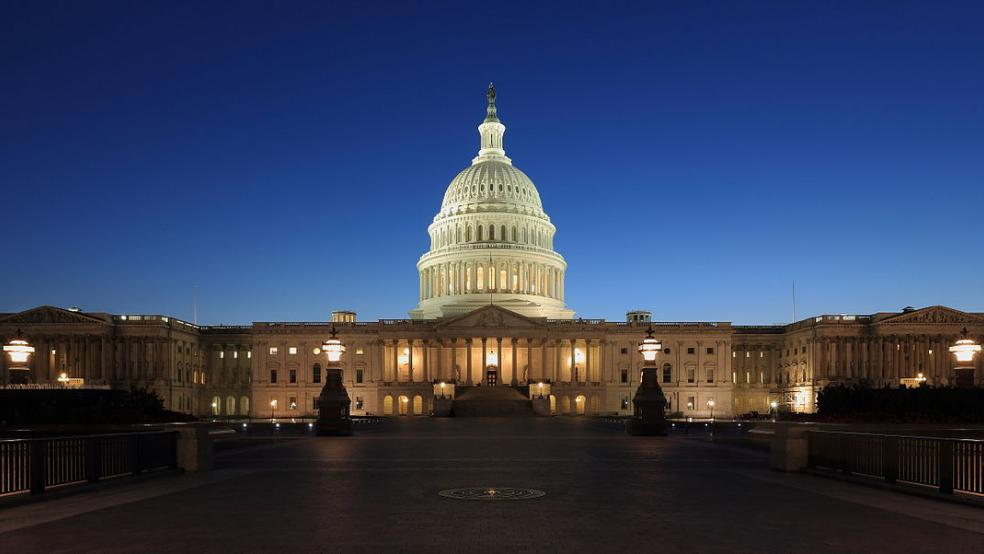Republican leaders In the next Congress have made it plain that they intend to use a somewhat arcane process called budget reconciliation to impose major changes on existing federal policy, including the repeal of the Affordable Care Act and a major overhaul of Medicare amounting to virtual privatization of the federal program that provides medical care to senior citizens.
The reconciliation process is unfamiliar to most Americans because it is relatively rare, can be used only once a year, and can only address changes in spending, changes in revenue or changes to the debt ceiling.
Related: Trump’s Coming Surprise: 40 Republicans Could Stop Him Cold
What is budget reconciliation?
The reconciliation process was created as part of the Congressional Budget Act of 1974. The original point of the procedure was to allow for a streamlined process of bringing federal law in line (reconciling it) with a new budget resolution. For example, if Congress passed a budget resolution that called for revenue that exceeds expected revenue in a given year, a reconciliation measure could be used to direct the relevant committees to increase taxes to a level that meets the new revenue target. Likewise, if total spending levels are reduced in a budget resolution, a reconciliation measure could direct committees to reduce spending levels to meet that goal.
How does it work?
In order to bring up a budget reconciliation bill, Congress must pass a budget resolution in the first place. A budget resolution is essentially a set of rules Congress agrees to follow when making decisions about spending and revenue. It is not an actual law, and does not require the signature of the president.
The resolution can contain instructions (reconciliation directives) to one or more Congressional committees to bring federal law in line with the new resolution. When committees develop legislation implementing those instructions, they are packaged into a reconciliation bill which must be passed by both houses of Congress and signed by the president.
Related: Yellen Sends a Message to Trump: Hands Off Dodd-Frank
Why is reconciliation controversial?
Budget measures have special status in the Senate, making them immune to the filibuster. Typically, a minority that has at least 40 seats in the chamber can prevent a bill from moving forward by refusing a request to end debate. Debate on budget reconciliation bills is, by rule, limited to 20 hours. That means that unlike other legislation changing federal laws, the Senate minority has virtually no way to stop it.
What has it been used for?
The reconciliation process is an excellent example of unintended consequences. The original purpose of the procedure was fairly technical and limited in purpose to addressing necessary changes that would apply to a single year.
However, soon after the Congressional Budget Act became law, members of Congress saw the procedure’s potential for overriding the objections of a determined minority. By 1980, Congress used the reconciliation process to pass an omnibus budget bill – a massive spending bill that can pass with just one vote in each house. Congress would go on to use the procedure 23 times over a 20-year period.
Related: Hold the Pork, Return of Earmarks Is Delayed
Along the way, the Senate adopted the Byrd Rule (named for Senator Robert Byrd of West Virginia) that barred the chamber from using the reconciliation process to pass any bill that would increase the federal deficit for more than 10 years. The Byrd Rule led to one of the more awkward legislative maneuvers in recent history when Congress passed three major tax cuts at the outset of the George W. Bush administration. Because there were no offsetting spending cuts accompanying the bill, lawmakers were forced to include a provision that caused the tax cuts to “sunset” or expire after 10 years.
However, the most memorable use of the reconciliation process was the passage of the Patient Protection and Affordable Care Act, which Democrats rammed through the House and Senate with no Republican support in 2010. Because they had lost their veto-proof majority in the Senate just months before, Democrats had to resort to reconciliation to defeat a Republican filibuster.





